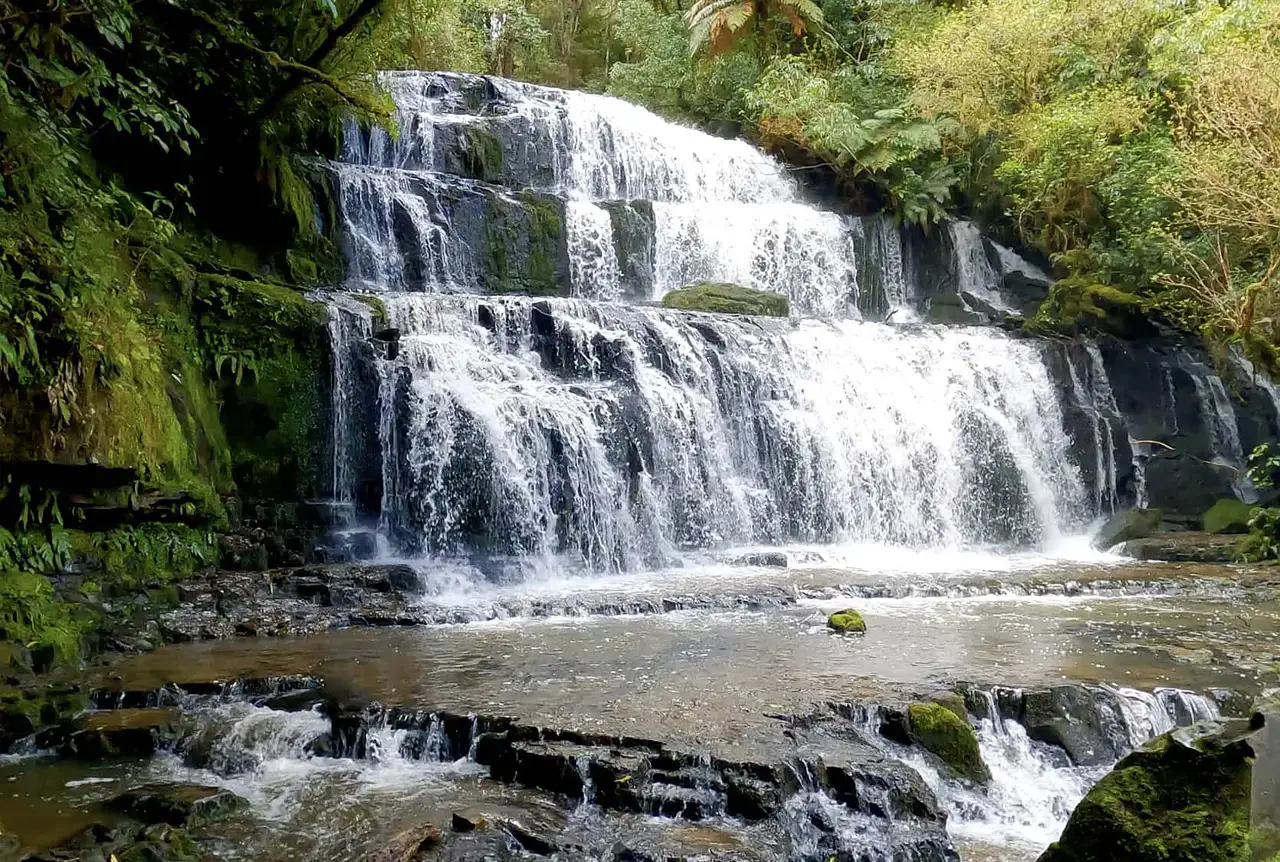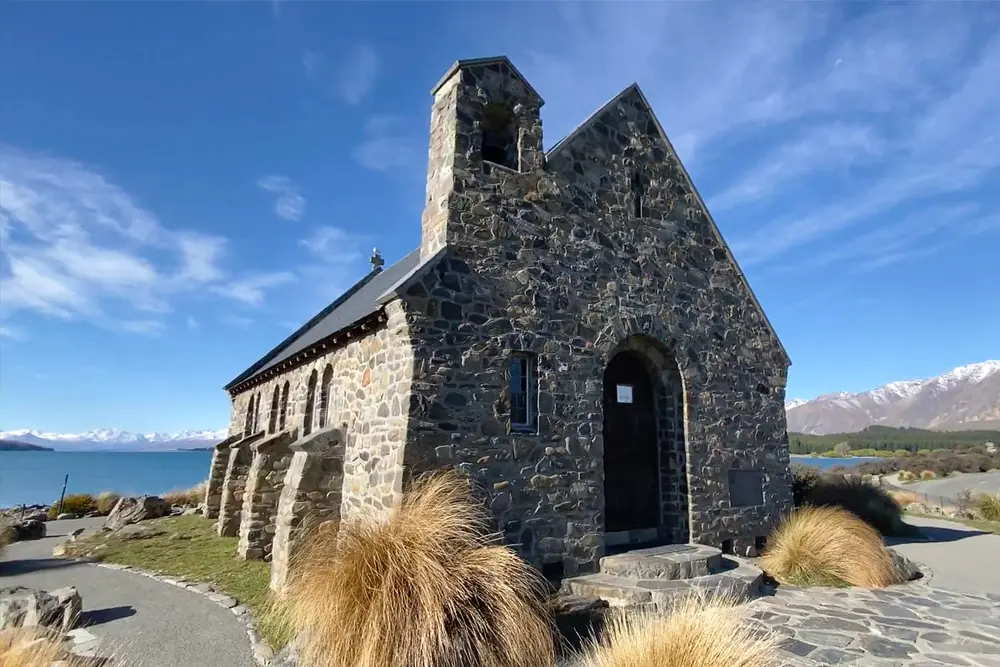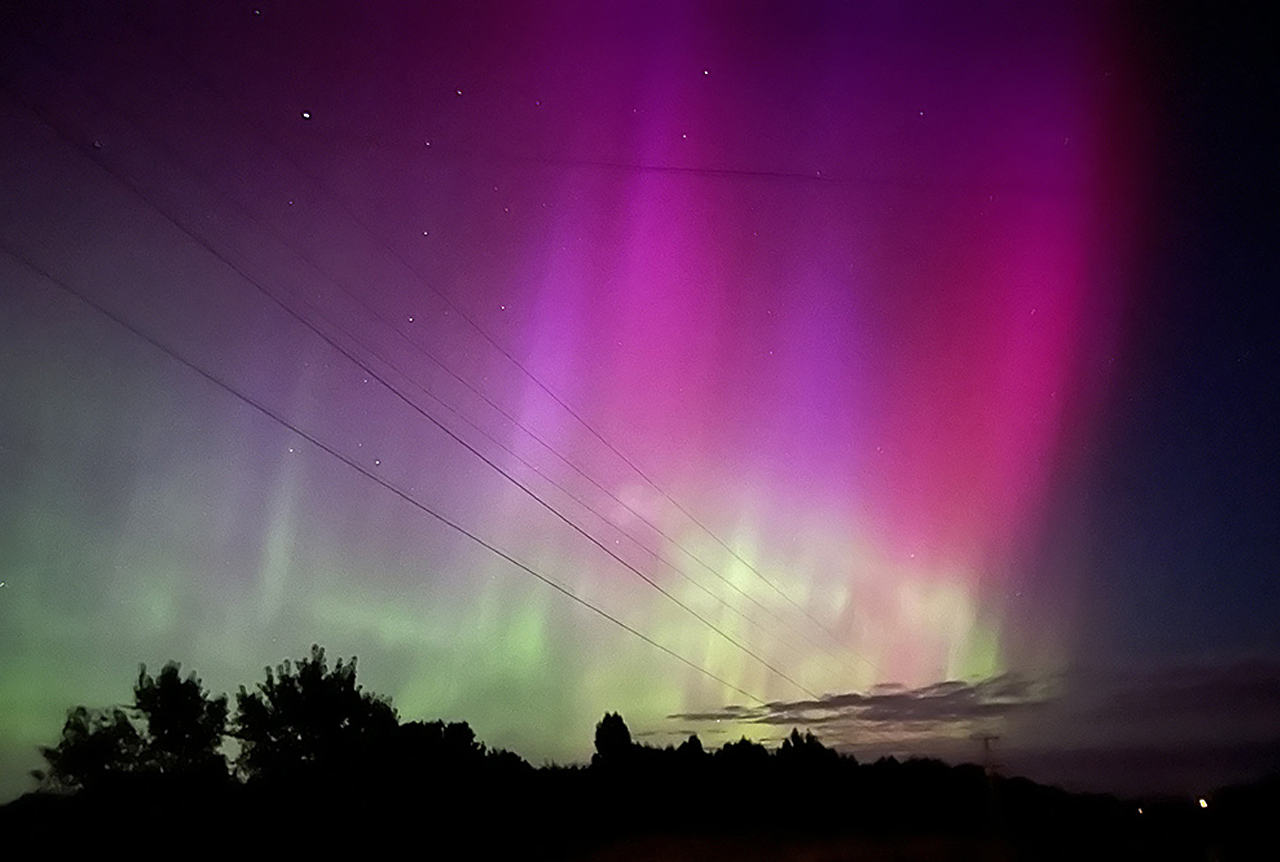Akaroa, a french gem in the South Island of New Zealand
Akaroa is a small town on the Banks Peninsula in the Canterbury region of the South Island of New Zealand. It is Kāi Tahu Māori for “Long Harbour,” which would be spelled Whangaroa in standard Māori. French settlers also named the area Port Louis-Philippe after the reigning French king Louis Philippe I.
It was a beautiful, warm spring day in November when we drove over the summit of Christchurch’s Port Hills towards Akaroa on the Banks Peninsula. The road to the hilltop is a bit curvy, but as cyclists, we appreciated the climb – it would be a great ride. Subconsciously, we added it to our bucket list.
As we entered Akaroa, the first thing that struck us was how settled the township was on the foreshore – you felt its European heritage, that you were entering a place with history. The houses combine traditional turn-of-the-century architecture with vibrant colours and modern buildings designed to keep Akaroa relevant in today’s world.
The first stop was the local market, next to St Patrick’s Catholic Church. It was worth a look inside, with its beautiful stained glass window as the highlight. Then we went into town to wander around the retail shops and cafés for the morning—a delightful way to pass the time.
Then came my lunch - oh my word!
We have had many good lunches in beautiful places globally, pizza in Tuscany, pub lunches in the UK and even on ski fields in America. Harbar Beachfront Cafe on the foreshore of Akaroa Harbour is one of the most incredible places we have been for lunch. The food is excellent, the staff friendly – but it is all about the view, you cannot help but be mesmerised by the harbour.
They have cleverly made the windows large in size to let in the sea breeze. It just adds to the experience. Five-star rating for lunch as far as we are concerned.
After lunch, we spent walking around the foreshore looking at the harbour and people on it, also the pier and the Akaroa Lighthouse (it’s a little tricky to find, it’s about 500 metres past the main pier – just look for the signs).
The memories we will take away from Akaroa
We will return to Akaroa. We enjoyed simply wandering around the town, sightseeing and soaking in the history of Akaroa. You had that feeling you had returned to a simpler time, a nice distraction from today’s busy world. It certainly must be a beautiful place to live.
A quick history of Akaroa, New Zealand
The French arrived in Akaroa Harbour on August 18, 1840, and established a settlement centred on the present-day site of Akaroa.
Bishop Pompallier established his first European station in Akaroa in 1840, as the French immigrants were all nominally Catholic. However, he closed the station in disgust due to the French immigrants’ religious apathy.
Given that the French colonists had set out for New Zealand assuming they owned the land, the New Zealand authorities granted 30,000 acres to the Nanto-Bordelaise Company, which ceded all rights to the Peninsula for £4,500.
The French initially called their settlement Port Louis-Philippe in honour of Louis Philippe I, who reigned as King of the French from 1830 to 1848. The area still shows a French influence, prominent in many local place names. It is the oldest town in Canterbury and one of the most historic places in New Zealand.
British settlement After being informed of the French intention to colonise Akaroa and to further its use as a whaling port, the Lieutenant-Governor of New Zealand, Captain William Hobson, sent the ship HMS Britomart to proclaim sovereignty over the area for the British Crown. HMS Britomart arrived in Akaroa on August 16 1840, although the captain’s log shows the arrival date as August 11.
Captain Stanley raised the British flag and held courts at each of the occupied settlements to convince the French that the area was indeed under British control. A monument at the eastern edge of the town commemorates the British arrival.
James Robinson Clough, also known as Jimmy Robinson, had arrived at Akaroa several years before. He acted as interpreter for Captain Owen Stanley at the flag-raising of 1840 and was the first European to travel up the Avon River in 1843. Clough’s descendants are still prominent on the Peninsula today.
Source: Wikipedia





